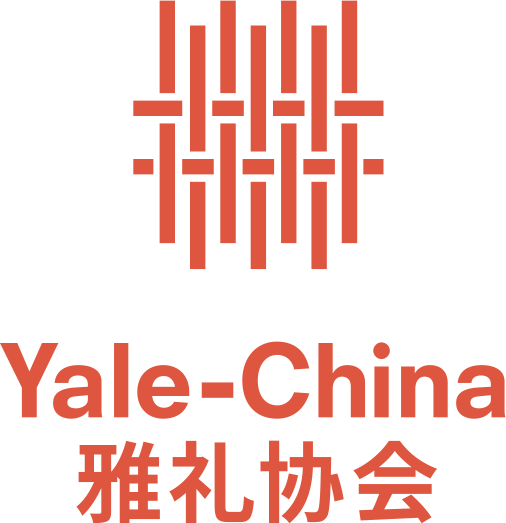Observe and Describe 观察和描述
What is this? 这是什么?
Why? 为什么?
This routine encourages students to look carefully at details. It challenges them to develop verbal descriptions that are elaborate, nuanced, and imaginative. It also encourages them to distinguish between observations and interpretations by asking them to withhold their ideas about the artwork – their interpretations – until the end of the routine.
这个流程鼓励学生仔细观察细节。它会是对学生培养认真,细致以及富有想象力的口述能力的一个挑战,并要求学生在这个流程结束之前保留自己对这个艺术品的想法(即他们的解释),从而鼓励学生区分观察和演绎。
This in turn strengthens students’ ability to reason carefully because it gives them practice making sustained observations before jumping into judgment. The Elaboration Game is an especially good way to launch a writing activity because it helps students develop a detailed descriptive vocabulary.
反之,也加强了学生的认真推敲能力,因为这个过程帮助学生练习在做出急切判断之前要进行反复的观察。“精化游戏”是启动写作活动的一个特别好的方式,因为它可以帮助学生构建详细的描述性词汇。
Activity #1
Identify a section of the artwork and describe what you see.
确定艺术品的一部分并描述你所看到的。
Be sure to stick to the facts and not interpretations of what you’re seeing. For example: a factual observation might be “I see two figures with their faces turned toward each other and their mouths open,” whereas an interpretation is “it’s a conversation between two friends.”
实事求是,不要过多解读你看到的。比如,一个事实的观察可能是“我看到两个人面对面地张着嘴巴。”所给的解释则是“这是两个朋友在说话。”
If you’re with a group of people, a second person can elaborate on the first person’s observations by adding more detail to the section. Keep elaborating, adding more details to the section. After elaborating with four people, switch to a different section to describe in detail and elaborate again.
如果你和一群人在一起,第二个人可以通过在该部分中添加更多细节细化和补充第个一人的观察结果,继续详述,为该部分添加更多细节。在与四个人详细讨论后,切换到另一个部分,然后再详细说明。
Why? 为什么?
The routine helps students make detailed observations by drawing their attention to the forms in an artwork – its formal aspects – and giving them specific categories of things to look for.
这个流程通过吸引学生注意艺术作品中的形式(它的形式方面)并给他们具体的事物类别来帮助他们进行详细的观察。
Activity #2
Look at the artwork: what colors do you see? What shapes do you see? What lines do you see?
观察这个艺术品,你看到的是什么颜色?你看到是什么形状?你看到了什么线条?
Why? 为什么?
The routine helps students slow down and make careful, detailed observations by encouraging them to push beyond first impressions and obvious features.
该流程可以鼓励学生超越事物的第一印象和明显特征,从而帮助他们放慢脚步,进行认真仔细地观察。
Activity #3
Look at the artwork quietly for at least 30 seconds. Let your eyes wander. List 10 words or phrases about any aspect of the artwork. Repeat this routine a second time and try to add 10 more words/phrases to your list.
静观艺术品至少30秒,让你的眼睛四处观察,列出任何10单词或短语来描述艺术品的任何方面,重复此步骤,试着在你的词汇表中再次添加10个相关的词或短语。
Why? 为什么?
This routine uses the power of narrative to help students make observations and encourages them to use their imagination to elaborate on and extend their ideas. Its emphasis on storytelling also encourages students to look for connections, patterns, and meanings.
这个流程运用叙事的手法帮助学生进行观察,并鼓励他们运用自己的想象力去阐释和拓展他们的想法。它强调讲故事,也鼓励学生找寻其中相关的联系,模式极其意义
Activity #4
Choose one of these questions: If this artwork is the beginning of a story, what might happen next? If it this artwork is the middle of a story, what might have happened before? What might be about to happen? If this artwork is the end of a story, what might the story be?
§ 选择以下问题之一:如果这件艺术品是一个故事的起始,那么接下来会发生什么?如果这件艺术品是故事的中间部分,那么之前发生过什么?可能会发生什么?如果这件艺术品是一个故事的结局,这个故事可能会是什么?
